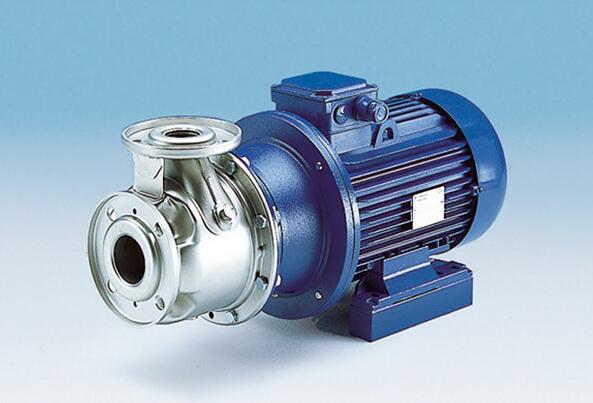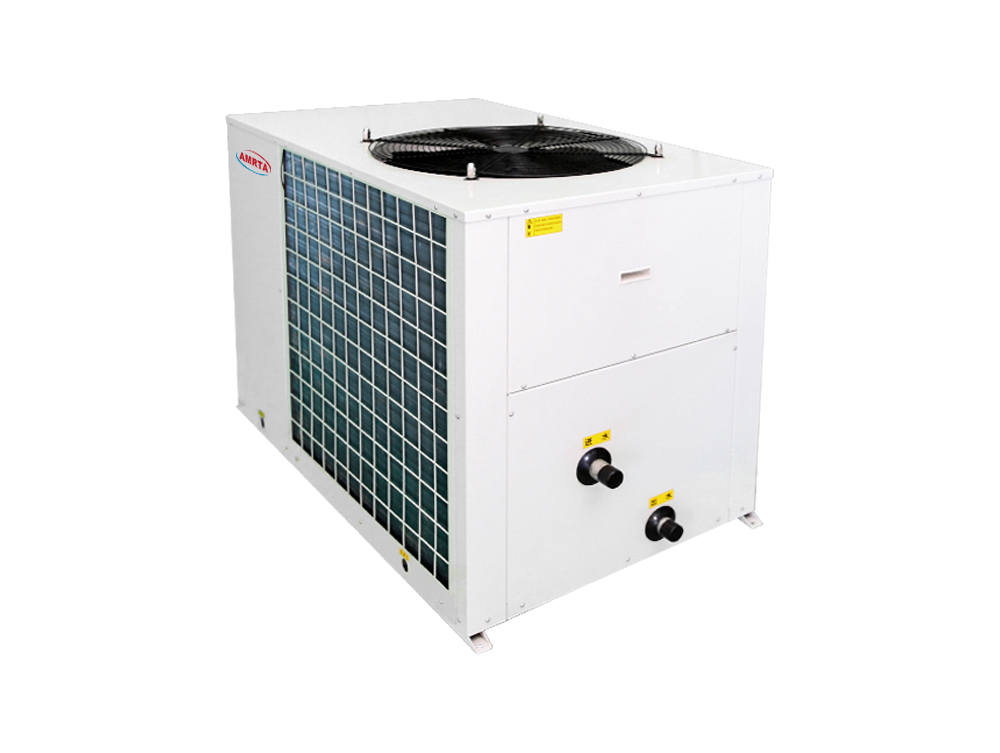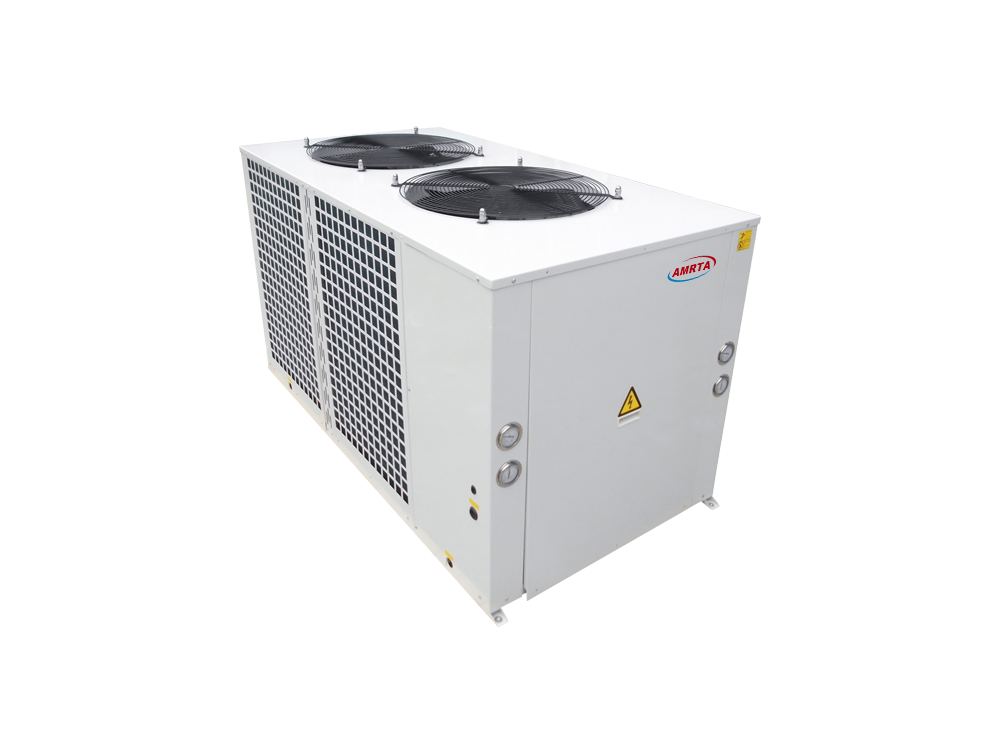The market scale of 20 billion nurtures the underground sewage treatment plant
Rapid development of urban sewage treatment plant At the Tsinghua University Engineering Doctoral Summit held recently, underground sewage treatment plant construction became a hot topic. “After 10 to 15 years of continuous development, in the year of the Twelfth Five-Year Plan, China will build more than 4,000 sewage treatment plants, and the urban sewage treatment capacity is expected to reach 1.5 to 180 million tons/day.†Tsinghua University School of Environment Vice President Wang Kaijun made the above list. Urban sewage treatment plants are important infrastructure for the city. With the rapid development of urbanization in China, the demand for centralized sewage treatment has increased. By the end of 2014, there were 1,808 sewage treatment plants across the country, with a daily treatment capacity of 130.88 million cubic meters, a total urban sewage treatment volume of 40.17 billion cubic meters, and a city sewage treatment rate of 90.18%, of which the centralized treatment rate of sewage treatment plants was 85.94%. Wang Kaijun also stated that the construction of China's urban sewage treatment plant is about to enter the end stage. In recent years, the demand for underground sewage treatment plants has become urgent and the development momentum has been swift and violent. As Wang Kaijun said, with the process of urbanization and the rapid expansion of cities in the country, the remote, ridiculous suburbs in the past are gradually being “swampped†by bustling cities; those sewage treatment plants built in the suburbs did not anticipate at the time. One day we will face such a surging population. The originally designed sewage treatment capacity has long been unable to keep pace with the expansion of the city. When city managers had to put the sewage treatment plant upgrade and extension project on the agenda, they suddenly found the problem: To expand, where is the land? Why does a sewage treatment plant "downwards"? Under the circumstance of tightening construction land and increasingly stringent requirements for ecological and environmental protection, underground sewage treatment plants have emerged in many places because of their advantages such as small footprint and friendly ecological environment. The industry generally believes that sewage treatment plants “go downâ€. Will become the future trend. According to Wang Kaijun, compared with the above-ground sewage treatment plants, the underground sewage treatment plant can save about half of the construction area; at the same time, common problems such as odor, noise and other traditional sewage treatment plants are more easily controlled. At present Kunming, Kunming, Beijing, Qingdao, Shandong, Hefei, Anhui, Shenzhen, Guangdong, Suzhou, Jiangsu, Guilin, Guangxi and other places have already begun construction of underground sewage treatment plants. However, the construction of underground sewage treatment plants is still in the early stage of development. It still needs further exploration in the field of standard formulation and technological innovation, and has not yet been widely promoted. According to the actual situation, local conditions are still the basic guidelines for the construction of underground plants. Hou Feng, chairman of China Water Environment Group, also said that the construction of underground sewage treatment plants is a good example of environmental friendliness, land conservation and resource utilization. High-quality effluent is an important role for sinking wastewater treatment systems for water environmental governance. Exhibited in the pollution control and pollution control of endogenous sources, it can provide high-quality ecological water supply to rivers, greatly reduce external pollution loads, solve problems such as odors and noise, and can be harmonized with surrounding urban areas. To this end, the Ministry of Environmental Protection officially issued the "National Groundwater Pollution Prevention Plan (2011-2020)". The plan proposes that by 2015, basic knowledge of groundwater pollution will be fully initiated and pilot projects for groundwater remediation will be initiated to initially curb the deterioration of groundwater quality. By 2020, a comprehensive monitoring of typical sources of groundwater pollution will be implemented, and groundwater quality in key areas will be significantly improved and a groundwater pollution control system will be established. Underground sewage treatment plant market scale is nearly 20 billion yuan For investment estimation, the plan mentions that the current key projects need to invest 25.78 billion yuan, including 19.64 billion yuan for groundwater drinking water source pollution prevention demonstration projects, 4.97 billion yuan for typical groundwater pollution prevention demonstration projects, and 1.05 billion yuan for groundwater pollution restoration demonstration projects. The agricultural non-point source pollution prevention demonstration project was 130 million yuan. At present, the urgent need to carry out the optimal project needs to invest 8.88 billion yuan. The underground sewage treatment plant is not simply a facility for reducing pollutants, but a system that integrates economic, technological, and environmental effects. As a result of the country's economic and social development to a certain stage, underground sewage treatment plants will provide opportunities for environmental protection companies. According to the Economic Daily, it is estimated that by the end of the “Twelfth Five-Year Planâ€, as urban sewage treatment rate will reach 85%, urban sewage treatment investment will also drop substantially. The construction of underground sewage treatment plants opened a door for the water treatment industry and it is expected to generate a market size of approximately 20 billion yuan. Underground sewage treatment plants are gradually becoming a new direction. More vacuum pump information is available at China Vacuum Pump Trading Network (/).
Cooling capacity 20kW-50kW
Characteristics:
1. Structure: Panels and base frame are made from galvanized steel protected with polyester powder painting to ensure total resistance to atmospheric agents.
2. Compressor: Hermetic scroll type compressor, equipped with the crankcase heater and thermal protection with thermal overload cut-out and crankcase heater mounted on rubber vibration isolators.
3. Axial fan: External rotor type axial fans, equipped with single phase direct drive motors, low noise 6 poles, protection level IP54, provided with a protective outlet grille.
4. Evaporator: High efficiency and low pressure drop stainless steel (AISI 316) water exchangers, with anti-freeze heating element (option) and differential pressure switch, factory insulated with flexible close cell material
5. Condenser Coils are consisting of seamless copper tubes mechanically expanded into blue hydrophilic aluminum fins, 100% fully quality tested; sub cooling circuit to prevent freezing at the base (optional); protected with metal grill.
6. Desuperheater: High efficiency stainless steel brazed plate heat exchanger, factory insulated with flexible close cell material(optional).
7. Refrigerant circuit: Copper tube connection with charge valve, filter, sight glass, gas-liquid separator, thermostatic expansion valve, low pressure switch with automatic reset, high pressure switch with manual reset. The heat pump unit is completed also with 4-way valve, liquid receiver and one way valve.
8. Water circuit: Built with air vent valve, water drain connection, and female-threaded hydraulic connectors. Water pump (8kW-30kW), differential pressure switch. Expansion tank (8kW-30kW)
9. Electric panel: Compressor contactor, Compressor protection breaker, Fan motor protection breaker, Control circuit protection breaker, Phase sequence relay (only for 3-phase), Programmable microprocessor controller
10. Optional: Additional electric heater embedded in the coils for defrosting in low temperature ambient. It must be factory installed; Stainless steel covering; Remote condenser; Tube in tube heat exchanger; Water circuit electric heater.
Mini Chiller Mini Chiller,Commercial Mini Chiller,Central Mini Chiller,Air Cooled Mini Chiller Jinan Amrta Air Conditioning Co.,Ltd , https://www.waterchiller.pl
The construction of underground sewage treatment plants is becoming a hot topic with good development momentum. Under the circumstance of tighter construction land and strict requirements for ecological and environmental protection, underground sewage treatment plants have emerged in many places. The industry generally believes that sewage treatment plants “go down†will become the future trend. The "National Groundwater Pollution Prevention and Control Plan (2011-2020)" proposes that by 2020, comprehensive monitoring of typical sources of groundwater pollution, groundwater quality in key areas will be significantly improved, and a groundwater pollution prevention and control system will be established. The construction of underground sewage treatment plants opened a door for the water treatment industry and it is expected to generate a market size of approximately 20 billion yuan.
20 billion market scale bred underground sewage treatment plant momentum 

